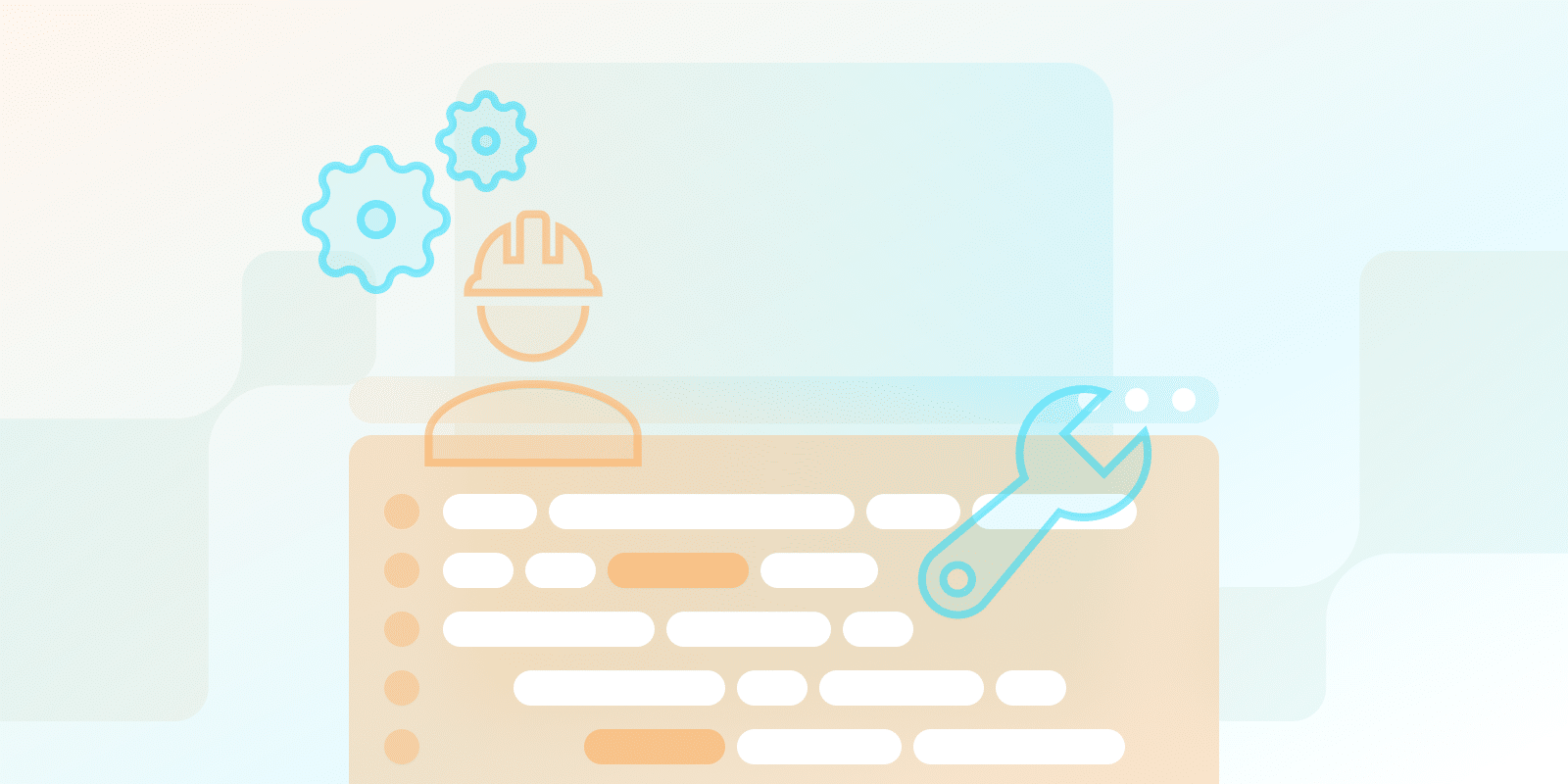Cloud Service Models
What is Platform as a Service (PaaS)?

What is Platform as a Service (PaaS)?
PaaS, or Platform as a Service, is a cloud computing model that offers developers a platform that can be used for application development without needing to set up or maintain servers, databases, or operating systems.
How does PaaS work?
PaaS providers include a wide range of tools and services delivered over the internet, including servers, storage, networking, and development tools. Developers use PaaS to create and deploy applications without managing the underlying infrastructure.
Developers use PaaS for application development instead of focusing on infrastructure for quicker development cycles and lower expenses.
It’s crucial to know:
- PaaS is a platform to manage server maintenance, security updates, or load balancing so that developers can focus on coding.
- PaaS is a cloud computing model that enables scalability, allowing resources to be adjusted as the user’s application requirements evolve.
What are some real-world examples of PaaS?
Some examples include:
- Heroku
- AWS Elastic Beanstalk
- Google App Engine
- Microsoft Azure
PaaS includes features and services to support application development and deployment. All these platforms have their advantages and disadvantages. Therefore, you have to choose the one that best suits you or meets your needs and expectations. PaaS providers include freemiums or free trial periods to test the user’s platforms before opting for a paid plan.
What are the different types of PaaS?
The three types of PaaS are:
- Public PaaS
- Private PaaS
- Hybrid PaaS
Each type of PaaS has different features. Make sure the one you choose meets your needs and preferences.
- Public PaaS is commonly used and accessible with shared infrastructure and resources.
- Private PaaS offers enhanced control and security, though it can be more costly and challenging to deploy.
- Hybrid PaaS combines both public and private PaaS for customization.
| Feature | Public PaaS | Private PaaS | Hybrid PaaS |
|---|---|---|---|
| Infrastructure Characteristics | |||
| Infrastructure Model | Shared resources | Dedicated infrastructure | Combination of shared and dedicated |
| Accessibility | Widely accessible | Restricted access | Flexible access options |
| Security and Control | |||
| Security Level | Standard security | Enhanced security | Layered security approach |
| Control | Limited control | High level of control | Customizable control |
| Cost and Deployment | |||
| Deployment Complexity | Easy to deploy | Complex deployment | Moderate complexity |
| Cost | Lower cost | Higher cost | Varies based on configuration |
Who uses PaaS, and what are the key benefits?
PaaS is primarily used by developers and IT professionals.
The key reasons of using PaaS include:
- Faster time-to-market: PaaS is a platform used by developers to streamline development and deployment processes.
- Scalability: PaaS is a cloud computing model that adjusts resources to meet demand.
- Cost-effectiveness: Users are charged for PaaS services through pay-as-you-go pricing options to reduce infrastructure costs.
- Focus on innovation: Developers focus on creating applications rather than managing the infrastructure.
What is PaaS vs. SaaS?
PaaS is a platform where you can create and launch your own applications, while SaaS gives you ready-made software to use online. PaaS is more for developers who intend to program applications that will fit their needs, while SaaS is for people who require software they do not have to install or update on their own.
Note that:
- Examples of SaaS are Salesforce, Dropbox, and Slack.
- While SaaS is easily accessible, PaaS entails customization options for both individuals and organizations.
Conclusion
PaaS is a cloud computing model for businesses and developers that streamlines application development and deployment. By understanding the key concepts and features of PaaS, you can decide if it’s the right solution for your needs.